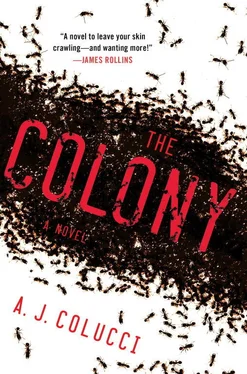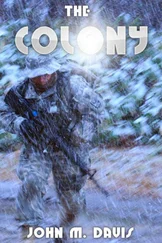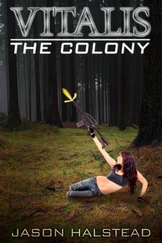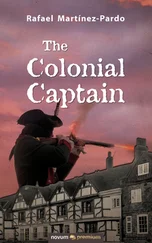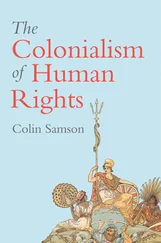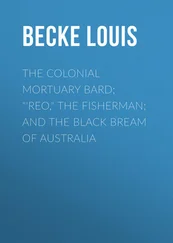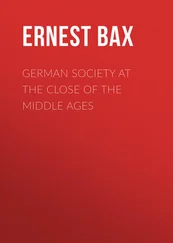The hallways were eerily silent. The bunker was almost abandoned and there was no longer anyone running the city’s power, water and security systems. The heart of Manhattan had fallen under the order DO NOT RESUSCITATE.
Paul and Kendra reached the control room. It loomed empty, like a forgotten cathedral shrouded in darkness, except for the flickering blue screens overhead. Mayor Russo slouched at a podium in a rumpled black suit, looking solemn and somewhat befuddled, like a minister who had lost his parishioners.
His hoarse voice was barely a whisper: “The ants are moving across bridges and tunnels. The president has given orders to speed up the evacuation of New York, destroy all passages to Manhattan and bomb the island with nuclear missiles. We have just hours left.”
Kendra gasped, “You can’t be serious.”
Russo had a far-off gaze. “Tens of thousands of people are still out there. Some of them badly injured. This city…” His voice trailed off. “Everything is moving so fast.”
“Where’s Dawson?” Paul snapped.
The mayor shrugged. “The decision has already been made.”
Paul put the queen into Russo’s hand. “Maybe this will change their minds.”
The mayor looked down at the ant and folded his hand around the bottle. He turned to Paul and Kendra, steely-eyed. “Follow me.”
PAUL AND KENDRA SPENT the next thirty minutes in the laboratory setting up computers, analysis equipment and preparing the queen for the painstaking operation. The extraction and isolation of her pheromones would not be an easy task, and it had to be performed perfectly. The slightest error would result in failure.
News of the queen’s capture was met with guarded optimism. Mayor Russo stood anxiously behind the scientists, listening to them exchange concerns as they began the procedure. General Dawson, too, regarded Kendra’s every move like a hawk, recording the entire undertaking with some hand-held military device. The general had bought them some time by delaying the bombing operation till 6:00 P.M.
Colonel Garrett watched impatiently from the back of the room, his expression grim. “Assuming the experiment fails, there will be a helicopter landing on the roof at eighteen hundred,” he warned. “We will all be on it.”
Kendra noted the clock on the wall read 1:45. They were in good shape. It would take about an hour to extract the correct pheromones and come up with the molecular structure. The formula would be handed off to Jack Carver at the USDA, where the queen’s scent would be synthesized and mixed with a metric ton of a soybean oil base. It would take another hour to load the aircrafts that would fly over the city and drop their loads. There was no doubt they’d be cutting it close, but certainly the planes could reach the city by nightfall.
The thrashing queen had been calmed inside a cooler and placed under a microscope. Kendra handled the insect with utmost care, as strictly instructed by Colonel Garrett. The queen must be kept alive, he told her. As the last of her kind in captivity, she was vital to national security.
Kendra used a syringe to withdraw liquid from her poison sac, where the queen-recognition pheromone was located. In their haste, Paul could only conduct a speedy exam of the queen’s morphology—and she was outstanding. Everything about her was enormous and strangely different from any normal insect. A quick ultrasound showed her brain size to be at least one hundred times larger than any other ant’s on earth, and Paul found himself wondering if any intelligence lurked inside that cranium.
“Ridiculous,” he mumbled.
“What?” Kendra asked.
“She’s ridiculously large.”
“She’s lovely,” Kendra replied, carefully depositing the drop of venom into a vial with solvent for analysis. Within fifteen minutes, the mass spectrometer software was able to distinguish the correct compound from other substances in the poison sac by comparing them to a library of all possible monounsaturated compounds related to known pheromones.
“We’ve got it,” she said, downloading the data.
Jeremy entered the room. “Can I help?”
“We’ve just isolated a pure version of the queen’s recognition pheromone,” she told him. “We could use another computer.”
“What can I do? Just tell me,” he said eagerly.
Paul handed him a flash drive. “You can send this over to Jack Carver at the USDA.”
“Good old Jack,” Jeremy chuckled. “He still around?”
“Yes,” Paul said. “And he’s waiting for these results with barrels of base solution, ready to synthesize it into a mix.”
“What about the alarm pheromone?”
“Working on it,” Kendra said over her shoulder. “We need to hit them quick before nightfall. It would help to know the locations of the entire colony.”
Jeremy shook his head. “Like I told you, these ants have been too genetically mangled for my computers to predict their direction.”
“Then we saturate the entire city.” Paul shrugged. “It would be helpful to know their locations, but it’s not imperative.”
Kendra bit her lip and eyed the general. “How about the army?”
“What about the army?” Dawson replied.
“Don’t you have special equipment that can see through buildings and underground?”
The general folded his arms in contemplation. “Our satellites can give you aerial views of the streets, but they can’t penetrate walls or the earth.”
“GPR,” Mayor Russo said with a brisk nod. He held up a finger. “The bunker is equipped with its own ground-penetrating-radar system. It can detect any object from twenty meters below the bunker, all the way up to the surface.”
Kendra shook her head with doubt. “We need something that can locate the ants across the entire island of Manhattan.”
“Still, it might give us an idea of how they travel and congregate,” Jeremy said. “How do I get into the bunker computer system?”
“I can give you access,” Russo told him.
“First get that formula to Jack,” Paul said.
“I’ll follow you,” the mayor said to Jeremy, and the two men headed for the computer room.
“You should get started on that second pheromone,” the general told Kendra. “The clock is running.”
She nodded hesitantly and stared down at the queen, wringing her hands. It would be incredibly difficult to identify the alarm pheromone from a single queen using gas chromatography. The principal method was the same as the one she used in the desert: shake the queen and capture pheromones released from the gland opening above her mandibles. Then run a computer analysis to isolate the pheromone. The problem was, there was only a single specimen. Kendra typically needed a dozen queens to come up with enough extract to isolate the pure pheromone.
As the queen came out of her cold slumber, Paul placed her carefully in a specimen jar. “You ready?”
Kendra nodded. He gently shook the jar, then a bit more vigorously.
“Careful,” Garrett said sternly.
Kendra prepared the syringe and pushed it through the top of the specimen jar. She held the tip of the needle directly above the queen’s mandibles. The jaws barely opened, which wasn’t a good sign. The queen had gotten used to all that bouncing around inside the bottle and wasn’t much alarmed. Still, Kendra drew the plunger, soaking up her scent, and removed the needle.
“It’s not going to be enough,” she muttered to Paul and he nodded.
“We have to at least try.”
The sample was analyzed by gas chromatography–mass spectrometry, but it proved to be inconclusive. The trace amounts of pheromone did not register a signal above the background noise.
“The numbers aren’t there,” Kendra said under her breath.
Читать дальше
